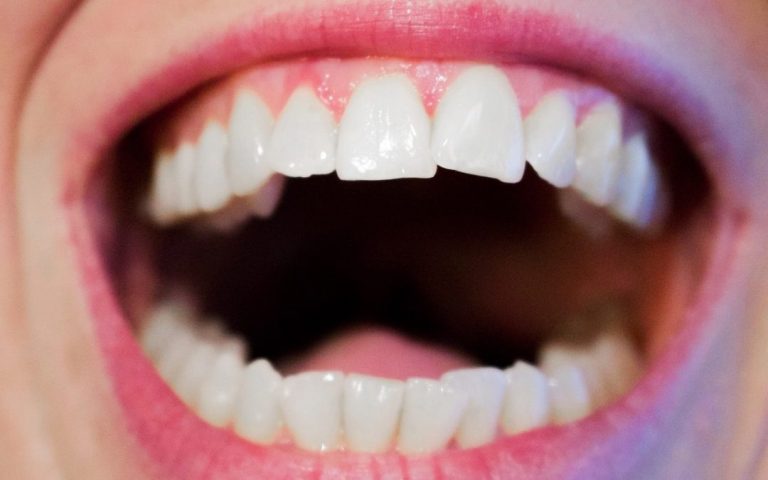If you’ve ever been in a car accident (no matter how minor), chances are you’ve experienced some level of whiplash from it. Whiplash is one of the most common injuries associated with motor vehicle collisions and can cause lasting pain, damage, and other issues if left untreated.
To help you better understand this injury and what to do if it occurs, here is a comprehensive guide to everything you need to know about whiplash, including highly effective exercises for whiplash.
What is Whiplash?
In a nutshell, whiplash is an injury caused by sudden acceleration or deceleration of the head and neck. It usually occurs when the head and neck are forced beyond their normal range of motion in a rear-end collision or similar incident. This sudden change in velocity causes the soft tissues in the neck – including ligaments, muscles, tendons and discs – to stretch and tear, leading to pain and other symptoms.
Common Symptoms Associated with Whiplash
The symptoms of whiplash can be divided into two categories: physical and psychological.
Physical symptoms often include:
- Stiffness and soreness in the neck area
- Headaches
- Shoulder pain
- Dizziness
- Blurred vision
- Ringing in the ears
- Fatigue
- Numbness or tingling in arms or legs
- Difficulty sleeping
- Jaw pain (or jaw locking up during movement, also known as TMJ Syndrome)
- Memory problems, or difficulty concentrating/focusing on tasks
- Decreased range of motion in the neck area
Psychological symptoms may include depression, anxiety about future accidents or injury risks, and irritability/angry outbursts without cause or reasoning.
Treating Whiplash Injuries
The best way to treat whiplash injuries is to seek medical attention as soon as possible after an accident or injury has occurred. Treatment may involve medications such as muscle relaxants, analgesics (pain relievers), non-steroidal anti-inflammatory drugs (NSAIDs), corticosteroids, antidepressants or anticonvulsants for nerve pain relief.
Physical therapy may also be recommended to help strengthen weak muscles/ligaments and improve range of motion in affected areas. Other treatments might include massage therapy, chiropractic care, acupuncture, cold laser therapy and transcutaneous electrical nerve stimulation (TENS).
In addition to seeking professional medical treatment for your whiplash injuries, there are things you can do at home to help alleviate your discomfort levels. Here are a few helpful exercises:
- Gently stretching your neck muscles several times per day (especially before bed)
- Applying ice packs to reduce swelling around sore areas (15 minutes at a time)
- Using heat therapy with warm compresses/heating pads over sore areas for 20 minutes at a time (several times per day)
- Maintaining good posture while sitting, standing, walking and sleeping – keeping your head upright and shoulders back helps to distribute weight evenly along the spine and reduces strain on injured muscles and ligaments
- Avoiding activities that require repetitive movements with your head/neck area until you are healed completely (such as long trips driving)
We wish you a speedy recovery
While the above advice should certainly help to accelerate your body’s natural recovery from an incident that has caused whiplash, ultimately it’s important that you seek medical attention right away so that any potential damage doesn’t become more serious over time. With this knowledge under your belt, you should be well on your way to making a full recovery from your whiplash – good luck!




